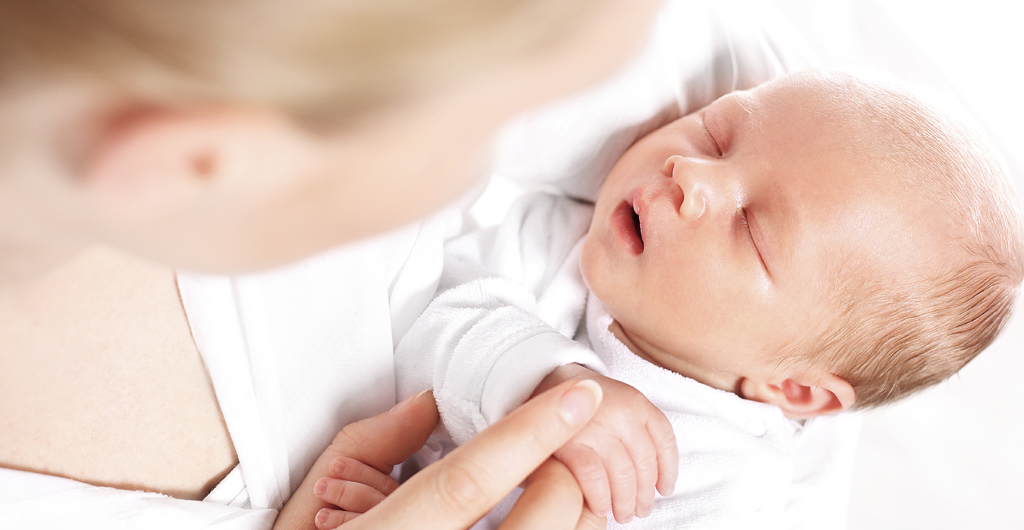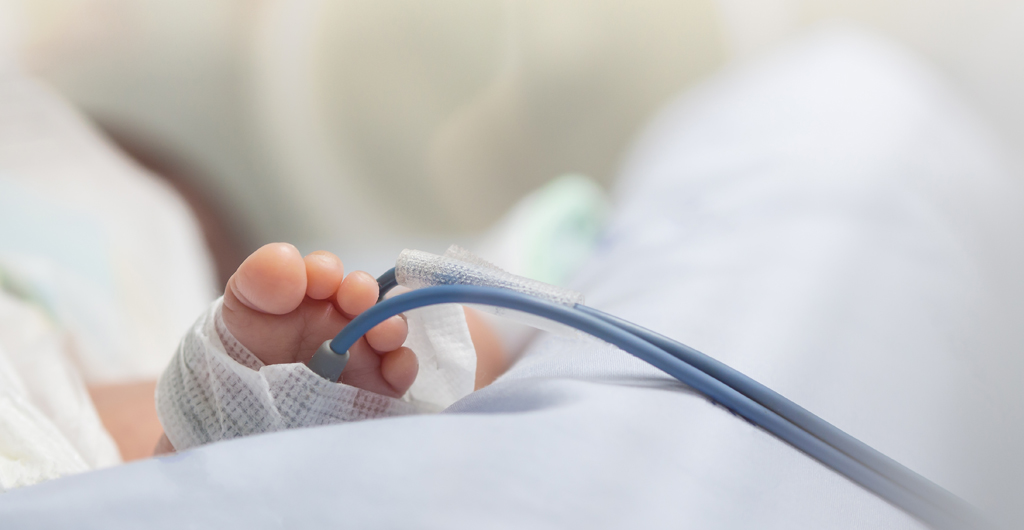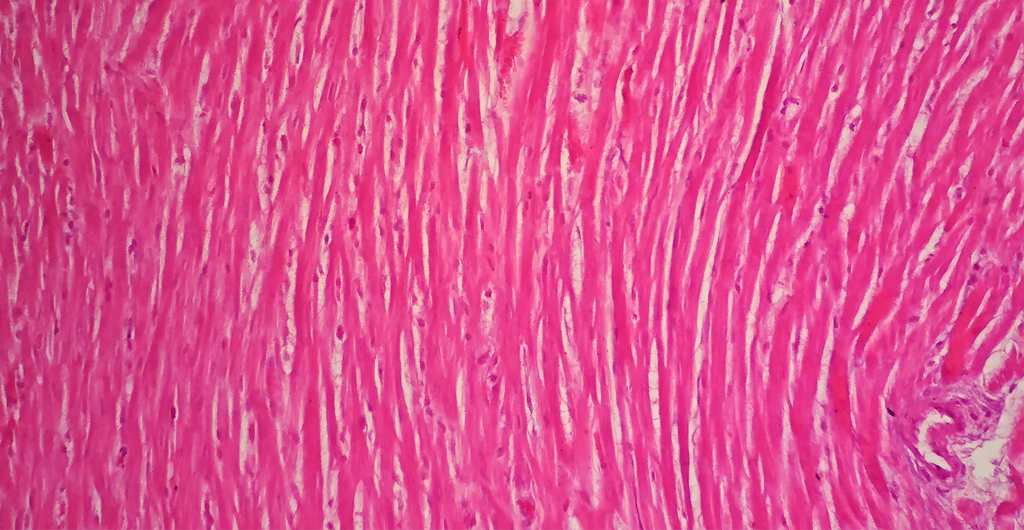
Cryogenic gas enable life-saving transplants
In the development of cutting-edge procedures for preserving human organs for transplant, cryogenic freezing plays a key part. In Finland, the newly opened Hospital in Helsinki uses liquid nitrogen in its state-of-the-art tissue bank, in which human tissue is kept in optimal condition for use in critical surgeries and transplants. Cryogenic gas enable life-saving transplants.
The new hospital is specializing in the treatment of pediatric illnesses. The facility treats children under the age of 15, acting as the country’s main provider of complex pediatric procedures such as organ transplants and heart surgery. The ambition is to provide the best care in the world. It´s not only about offering the best medical expertise, but also about providing the children and parents an as safe and welcoming visit as possible. The interior design is inspired by Tove Jansson’s immensely popular children’s stories about the Moomins.

One of the most popular features is the multi-storey digital aquarium. The children can color fish on paper which are scanned into the aquarium. The children can then see their own fish swimming around with other fish buddies.
The tissue bank central for critical procedures
“Our tissue bank is kind of a spare-part bank”, explains Sari Tähtiharju, Ph.D in genetics. “We use it to store tissue including hearts and blood vessels, many of which come from much older organ donors. The tissue bank is an important part of our aim to develop our care to be the best in the world.”
Read more about cryogenic freezing.
The tissue bank receives on average one heart a week. Homograft, which is another word for a human heart-valve, are mainly required to cure the kinds of congenital heart defects that are often detected in babies during pregnancy. “It can include problems with the aorta or an overly narrow pulmonary artery”, says Sari Tähtiharju.
Cryogenic gas enable life-saving transplants

At the New Children’s Hospital most procedures are done with human tissues on small children, from newly born to up to 2 years. Some procedures can in some cases be planned before birth. The tissue samples are located up to the day of surgery in liquid nitrogen
Preserved in liquid nitrogen gasphase at – 190 ° C, secure cold needed
At New Children’s Hospital, liquid nitrogen from Linde Gas (former AGA) is used to freeze the homograft’s and maintain them at the optimal temperature. Following the freezing process, the homograft’s are stored in a carefully controlled minus-190-degree-Celsius environment, where they await the day when they will be needed. On this day, the tissue is unfrozen and thawed to 37 degrees Celsius, and then kept in saline solution, until the time comes for the life-saving operation or transplant to be performed. “We treat approximately 100 patients annually, so each year 100 small children get a new chance”, Sari concludes.

How does the cryogenic freezing work?
All the tissue bank´s biological samples; hearts and blood vessels are placed in a vapor-phase – 190 °C freezer. The freezer is equipped with a control unit that automatically monitor the liquid surface level and regulate the automatic filling of the freezers. The storage of vital tissue bank´s samples is backed up in several ways. If the automatic flow of liquid nitrogen is disrupted in case of power failure etc. and the level of liquid nitrogen (133L) internally in the freezer is still at a proper level, the biological samples are secure for the two full weeks it will take the temperature in the freezer to rise to -135°C to -140°C, the critical range for biological samples.
The freezers can also be filled manually if necessary. The system incorporates a comprehensive alarm set-up to warn of freezer´s malfunctions. The system supplied by Linde covers the planning and installation of liquid nitrogen transport and storage solutions. The yearly maintenance is also covered with monthly rental fee.
The “Turn Key” cryogenic solution includes; nitrogen cryogenic f MVE1500 freezers, dewars, vacuum insulated pipe products and monitoring systems (TEC 3000).
Text: Isabelle Kliger, Cecilia Rudengren, Minna Matrone
Foto: Shutterstock, Minna Matrone



